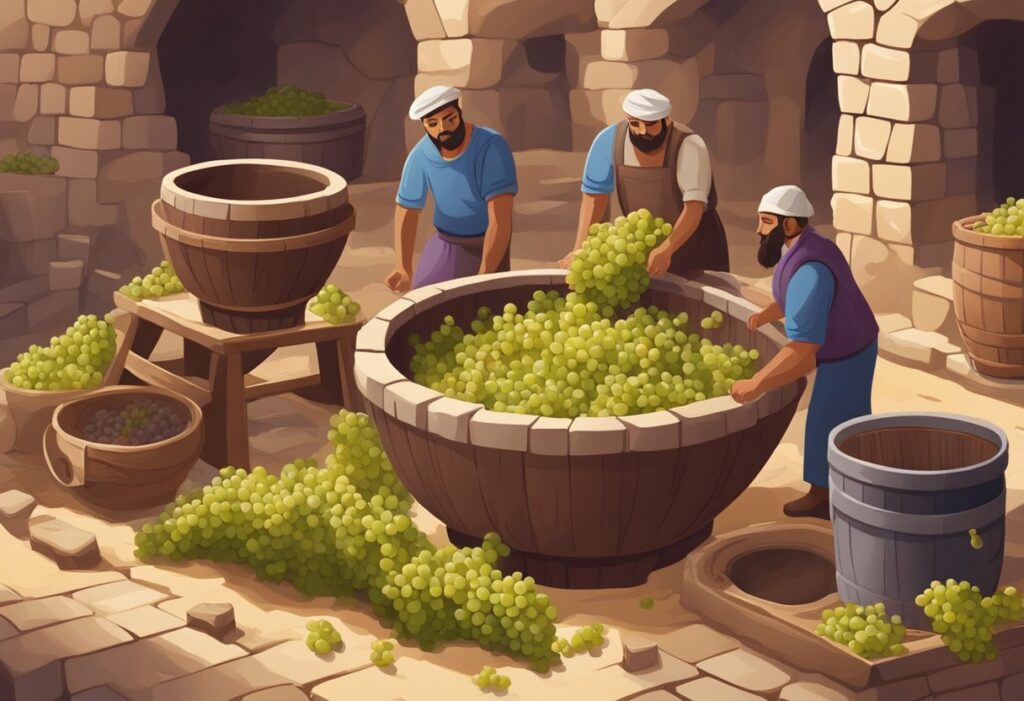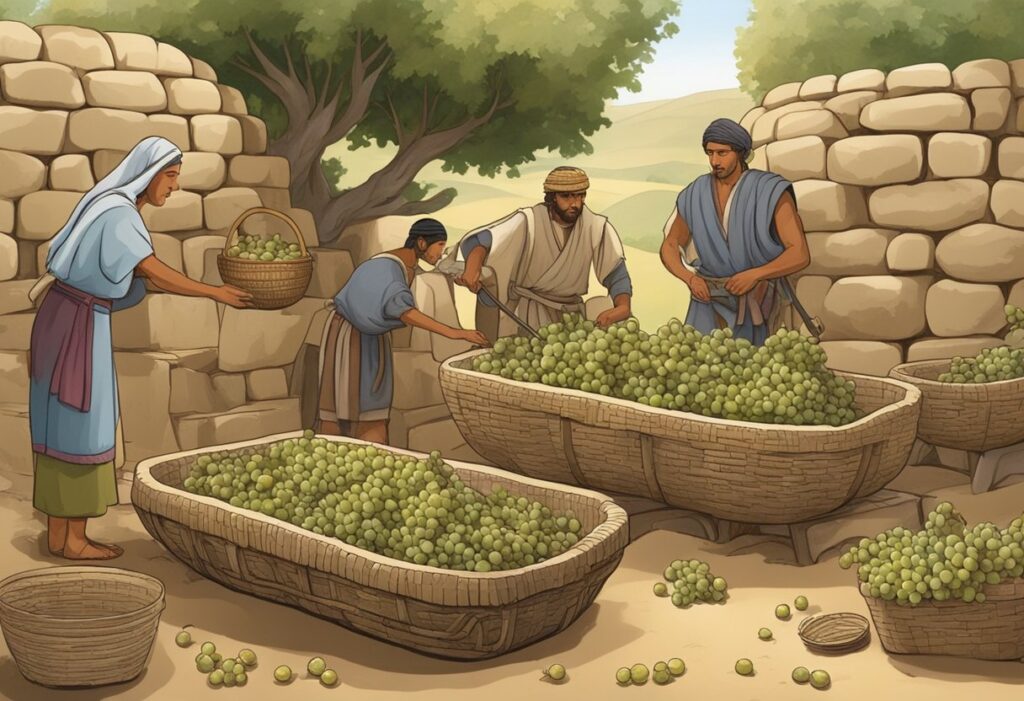Wine played a crucial role in shaping ancient trade routes and economic networks. By understanding the journey of wine from the Silk Road to the Mediterranean, you’ll uncover its impact on global trade. Wine wasn’t just a luxury item; it was a key commodity that helped connect different cultures and economies.
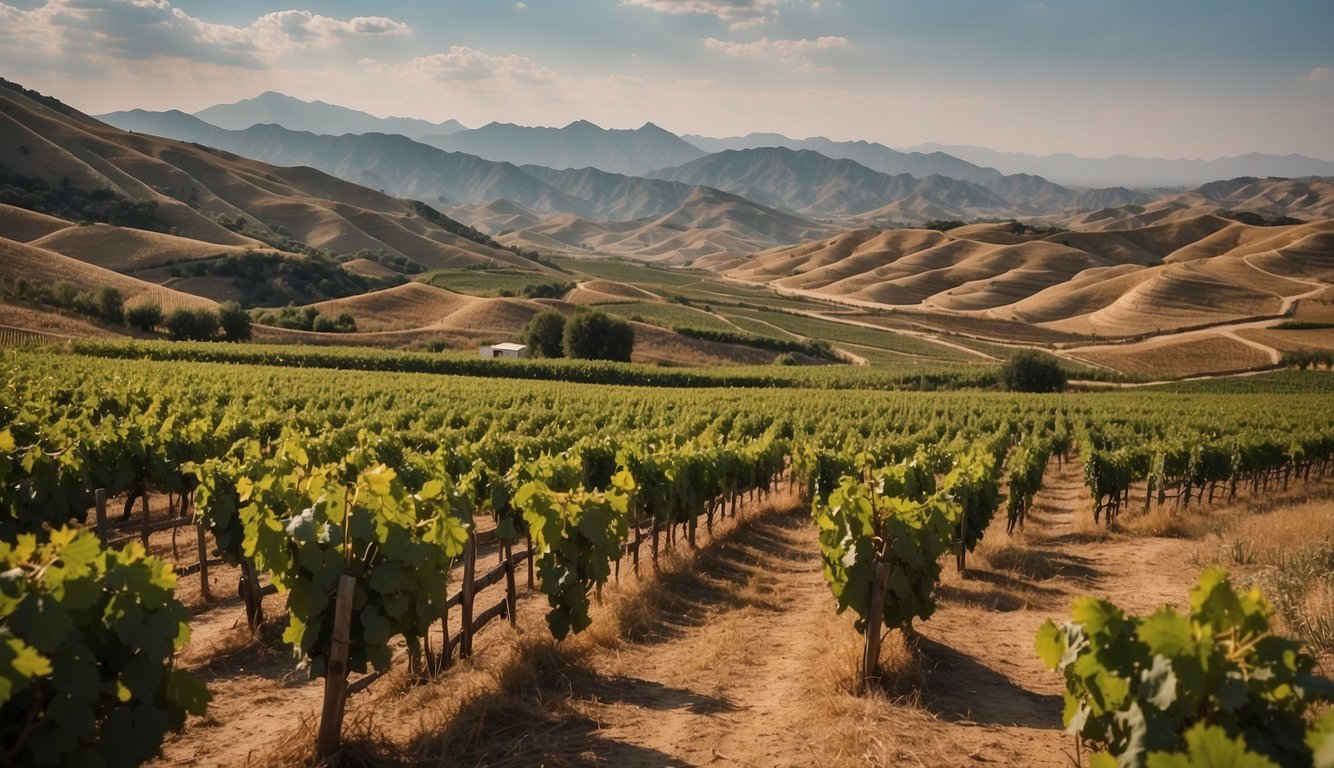
As merchants carried wine along the Silk Road, they facilitated the exchange of more than goods. Ideas, traditions, and technologies traveled with them, enriching the regions between East Asia and Europe. The significant demand for wine in the Mediterranean ensured that it became a staple in ancient trade routes, influencing trade dynamics and boosting local economies.
You’ll find that the trading of wine created robust economic networks, knitting together diverse societies through shared interests and commerce. This story of wine in ancient trade is a testament to how a single commodity can weave through the fabric of history, connecting distant lands and shaping civilizations.
The Silk Road: Connecting East and West
The Silk Road was a vast network that linked the East and West, fostering not only economic ties but also cultural and religious exchanges. This historic trade route provided a path for goods, ideas, and beliefs to travel between continents, making it a vital artery of ancient commerce and interaction.
Geographic Overview and Key Regions
The Silk Road traversed vast and diverse landscapes. China was one of the primary starting points, where goods like silk and spices began their journey. Moving westward, the route passed through Central Asia, encompassing regions such as the Taklamakan Desert and the Karakoram Range. India also played a pivotal role, particularly with its coastal cities contributing to the exchange via maritime routes.
From there, traders moved into Persia (modern-day Iran) and through the Middle East, reaching key cities like Baghdad. Finally, the route extended into Europe, particularly through the Mediterranean region, connecting to major hubs like Constantinople (modern-day Istanbul). Each of these regions not only facilitated trade but also hosted bustling markets and caravansaries that enriched the cultural landscape.
Major Commodities Traded
Among the most famous goods transported was silk, which gave the route its name. This luxurious fabric from China was highly sought after in both Europe and the Middle East. Other critical commodities included spices, which came mainly from India and Southeast Asia, adding flavor and value to European and Middle Eastern cuisine.
Precious stones and metals like jade, gold, and silver traveled from their sources in Central Asia to various markets. Textiles, including fine wool and cotton, also moved along these routes. In addition, the trade included livestock like horses and camels and everyday items like ceramics and glassware. The exchange of these goods fostered economic prosperity and brought different regions closer together.
Cultural and Religious Exchange along the Silk Road
The Silk Road was more than just a commercial route; it was a corridor for cultural and religious interaction. For instance, Buddhism spread from India to China and other parts of East Asia, largely due to the influence of itinerant monks and traders. Likewise, Islam traveled eastward, reaching China and Southeast Asia through merchants and missionaries.
Christianity also found its way into the East via the Silk Road, disseminating its teachings and practices. Alongside religious beliefs, the route facilitated the exchange of ideas and languages. Scholars and scientists traveled alongside goods, sharing knowledge on medicine, astronomy, and philosophy. The result was a rich tapestry of cultural exchange that shaped the civilizations connected by this legendary network.
Explore the rich history of the Silk Road further through resources like National Geographic’s article or delve into intricate details with Khan Academy.
Mediterranean Trade Networks: A Hub of Diverse Interactions
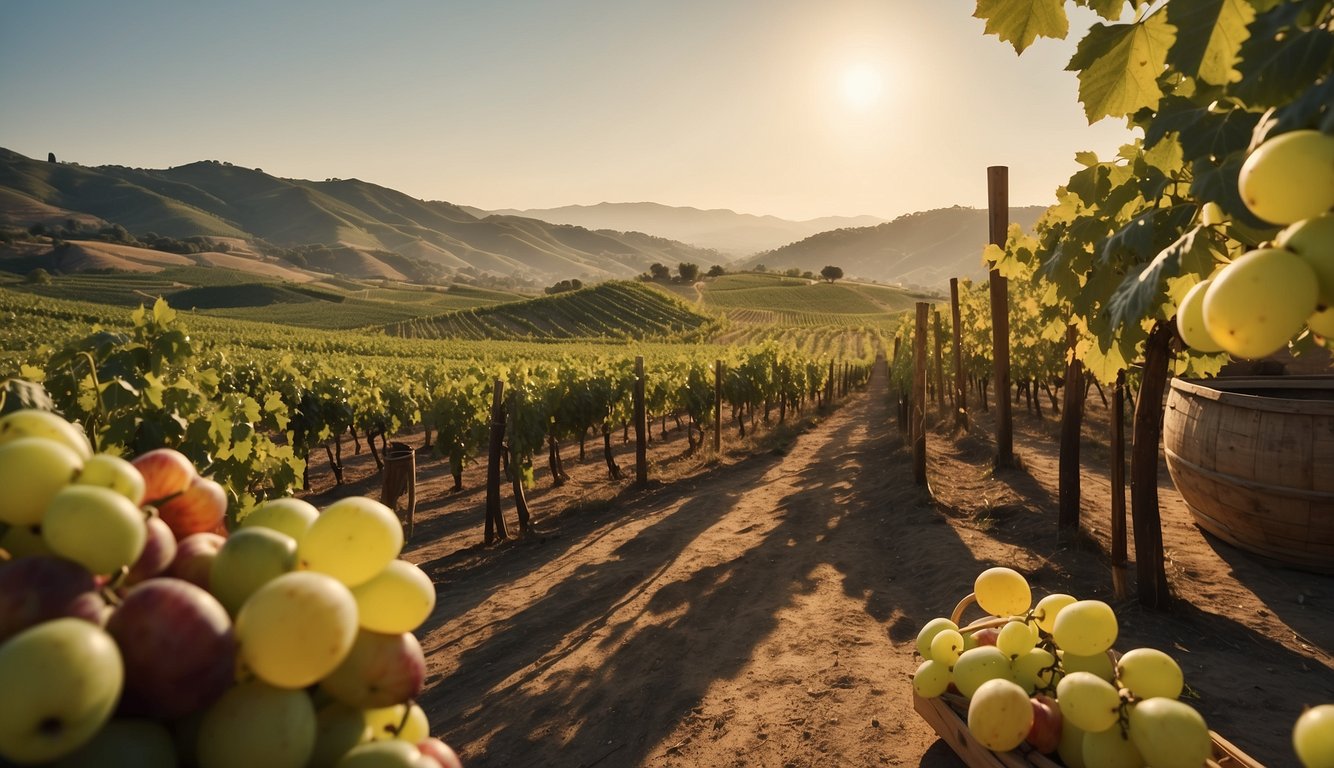
The Mediterranean trade networks were essential for economic transactions, cultural exchanges, and technological advancements. They connected various empires and societies, leading to a thriving hub of interactions.
Influential Empires and Societies
The Roman Empire, Greece, and Egypt played significant roles in the Mediterranean trade networks. These regions were influential in the flow of goods such as wines, precious metals, and textiles. The Roman Empire was renowned for its expansive road and sea networks, facilitating commerce across vast distances. Greece contributed significantly to the trade of luxury goods, maritime navigation, and the spread of culinary traditions. Egypt was pivotal for its strategic location near the Persian Gulf and its vast production of grain and other staple goods.
Trade routes extended to Arabia and beyond, allowing a diverse mixture of goods and cultural influences. Merchants from various societies interacted regularly, making the Mediterranean one of the busiest trade hubs in the ancient world.
Art, Science, and Technology Transfer
The Mediterranean trade networks were essential for the exchange of art, science, and technology. The Romans and Greeks excelled in the transfer and adaptation of technological advancements. Key items such as glass, metals, and intricate patterns were transported across these networks.
Technological advancements in shipbuilding and navigation improved maritime trade. Additionally, the transfer of scientific knowledge, especially in medicine and astronomy, was common. The interaction between varied cultures fostered innovations in art and cuisine. For instance, you would find various culinary traditions incorporating diverse ingredients and cooking methods that spread across regions connected by these networks.
The Mediterranean trade networks were a melting pot of cultural, technological, and economic activities that significantly influenced the development of ancient civilizations.
Transportation and Logistics of Trade
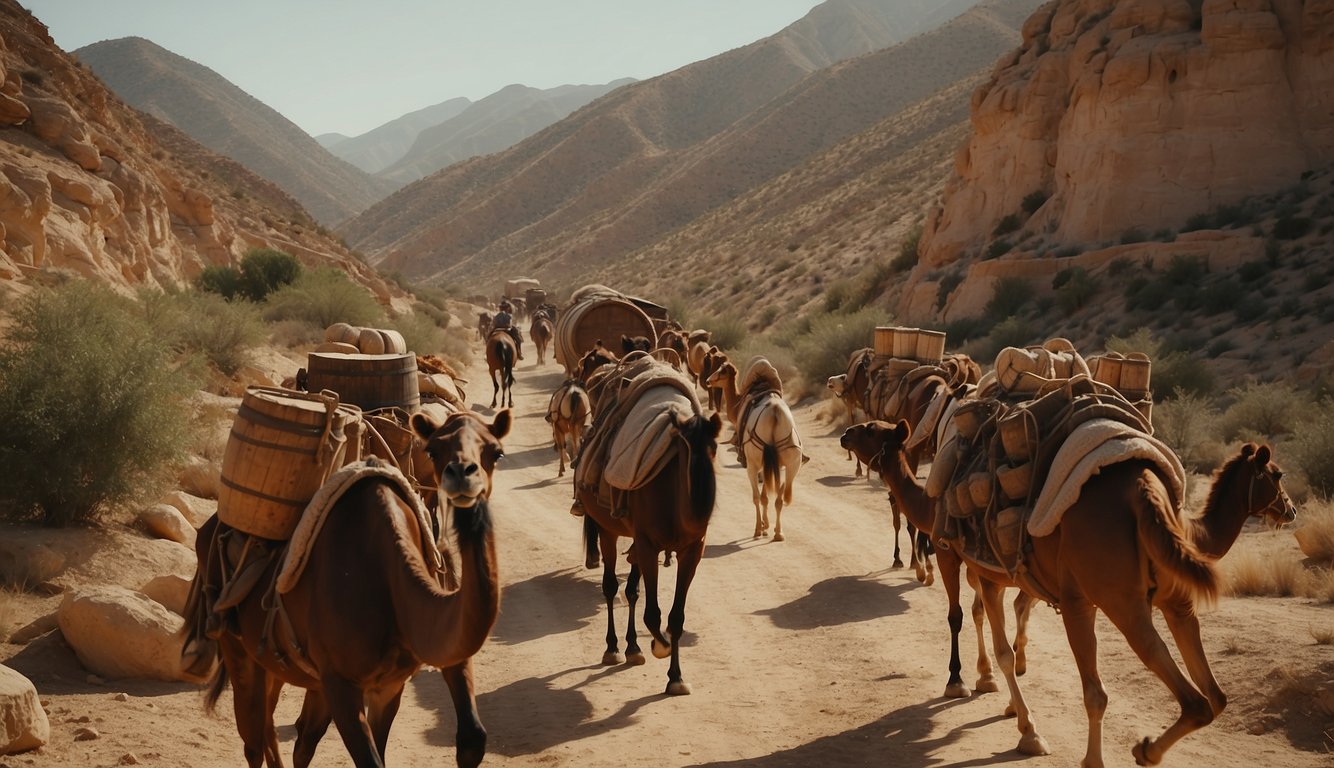
Trade between ancient civilizations relied on complex transportation and logistics networks. These networks helped merchants move goods such as wine efficiently across vast distances using various methods.
Development of Land and Sea Routes
Land routes like the Silk Road and Mediterranean trade networks played a crucial role in commerce. Along the Silk Road, camels and caravans were vital for transporting wine and other goods. Camels were preferred for their ability to carry heavy loads and endure long journeys through deserts.
Merchants also used horses for faster travel on certain parts of the route. Goods like wine traveled from regions such as Persia and the Mediterranean and reached places as far as China, exchanging for silk and spices. Understanding these routes helps explain the wide reach of trade in ancient times.
Sea Routes also significantly impacted trade. The Mediterranean Sea and Red Sea facilitated maritime logistics. Advances in shipbuilding allowed for larger cargoes, making it easier to transport wine. The use of ships reduced transportation time and costs, further expanding trade networks.
Advancements in Transportation Channels
Technological progress was essential for improving trade logistics. The introduction of paper for keeping records helped merchants manage their inventory and routes more efficiently. This made trade more organized and less prone to logistical errors.
Maritime navigation improvements, like the development of more accurate maps and navigational tools, also aided long-distance trade. Ships could now navigate with better precision across the Mediterranean and beyond, ensuring safer and more efficient routes.
In addition, better road construction allowed for smoother overland travel. Engineers built well-maintained roads that connected key trade hubs along the Silk Road. These advancements lowered the risks associated with long journeys and allowed for more reliable delivery of goods such as wine.
Economic and Cultural Impacts of Trade
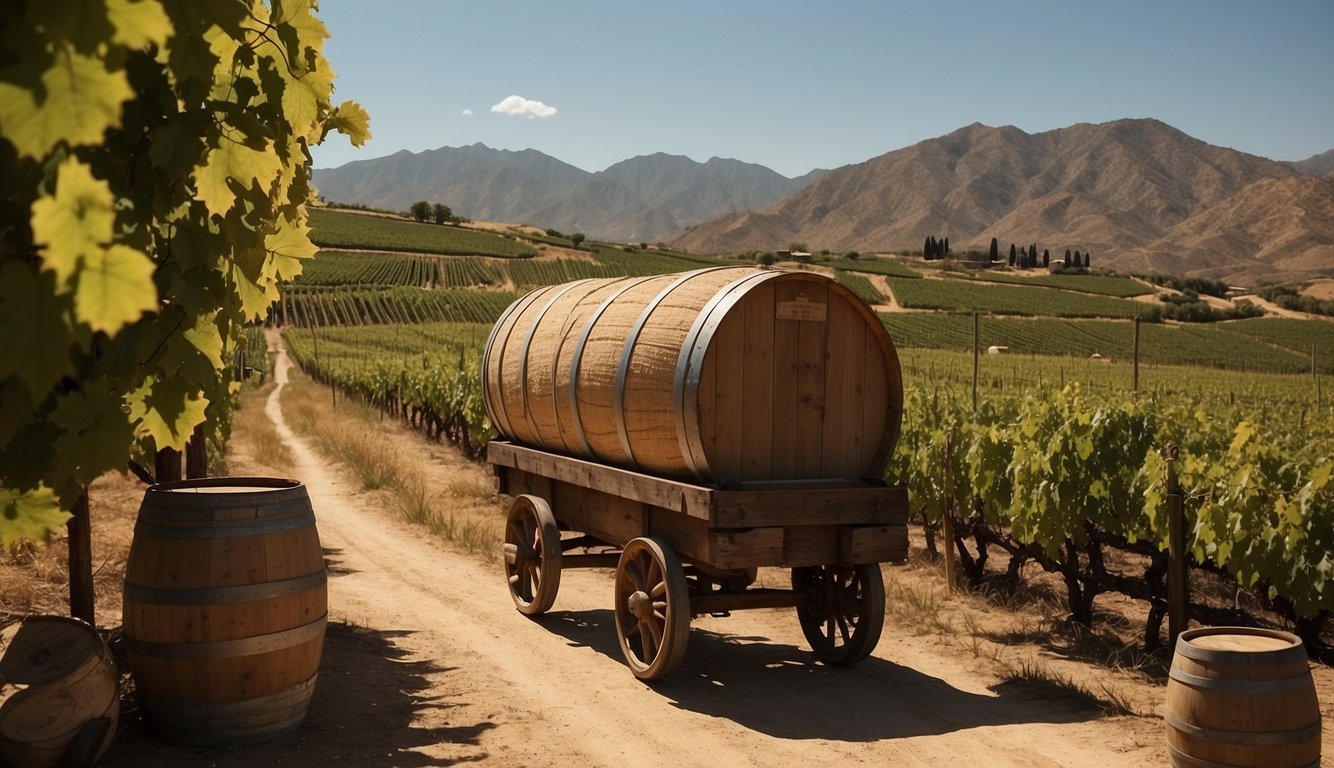
Trade routes like the Silk Road and Mediterranean networks played an essential role in shaping economies and cultures. They brought prosperity to regions, spread traditions, and fostered community ties.
Influence on Local Economies and Global Prosperity
Trade routes such as the Silk Road connected East Asia, the Indian subcontinent, and the Mediterranean. They enabled rapid economic growth by facilitating the exchange of valuable goods like silk, spices, grains, and textiles. This boosted local economies and contributed to a broader global prosperity.
Merchants and traders benefitted immensely. Trade hubs like Samarkand and Bukhara became rich and influential. Mediterranean cities thrived on the influx of exotic goods and ideas, creating a thriving middle class.
Economic networks also promoted political stability. Prosperous trade meant stronger, more stable communities. Local rulers invested in infrastructure, like roads and security, to protect and encourage trading activities. This further cemented the economic impact on the regions involved.
Wealth from trade also helped finance scientific and technological advancements. You can trace the origins of various ancient innovations to the prosperity brought by these trade networks.
Spread of Traditions and Community Building
Trade routes were more than economic highways; they were cultural conduits too. Traditions traveled alongside goods. This led to a mingling of customs and practices, enriching the cultures they touched.
The Silk Road and Mediterranean networks helped spread religions like Zoroastrianism, Manichaeism, and Nestorian Christianity. These beliefs often took root in trading hubs, creating diverse spiritual communities.
Cultural exchange wasn’t limited to religion. Art, music, and literature from different regions influenced one another. You could find Eastern art styles in Roman homes, and Western literature making its way into East Asia.
Community building was another crucial aspect. Trade routes fostered a sense of interconnectedness. Traders formed alliances and friendships, contributing to the social fabric of the regions involved. This exchange of ideas and traditions strengthened the bonds between diverse peoples and cultures.
The blend of economic and cultural exchanges thus played a pivotal role in shaping the world we know today.
Trade Route Cities and the Valorization of Goods
Ancient trade routes like the Silk Road and those crossing the Mediterranean were vital in linking diverse regions. Key cities along these routes played crucial roles in the exchange and enhancement of goods, impacting economies and societies.
Centers of Commerce and Their Roles
Trade route cities such as Samarkand, Bukhara, Rome, and Xinjiang acted as major hubs where goods were traded, stored, and distributed. These cities were often bustling with merchants and traders from various empires, including the Roman Empire and the Han Dynasty.
Samarkand and Bukhara were crucial in the exchange of Chinese silk, spices, and metals like tin. These goods flowed through an extensive trade network, linking the East and West. Rome imported luxury goods such as grapes, dates, and animals for breeding. Major technological innovations, like the introduction of gunpowder, also traveled through these routes, transforming warfare and society.
Luxury vs. Staple Commodities
Goods traded along these routes varied between luxury items and staple commodities. Luxury goods like silk and spices were highly valuable and often reserved for the elite. These items drove the economic growth and political power of cities due to their high demand and significant trade value.
Staple commodities included everyday items like rice, dates, and grapes. These goods were essential for the sustenance of populations and were traded in large quantities. Tin and other metals were crucial for both everyday tools and warfare needs, aiding the development of cities and empires.
The balance between luxury and staple goods defined the economic landscape, creating an economic belt that spanned continents and connected diverse cultures.
